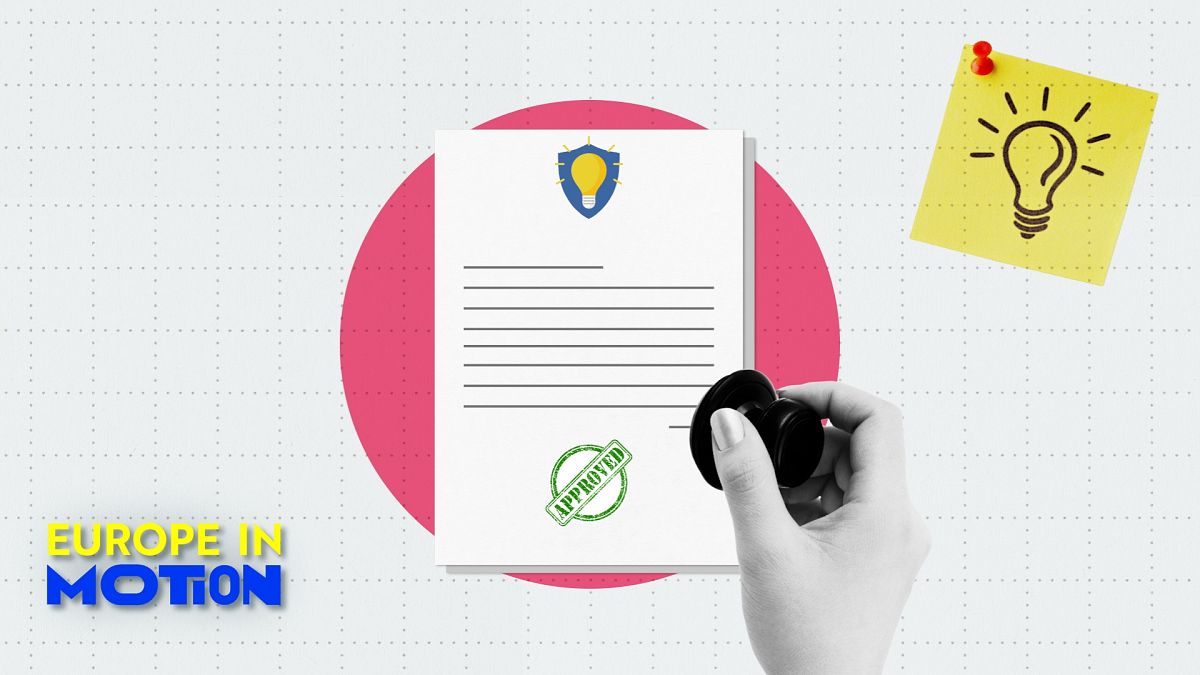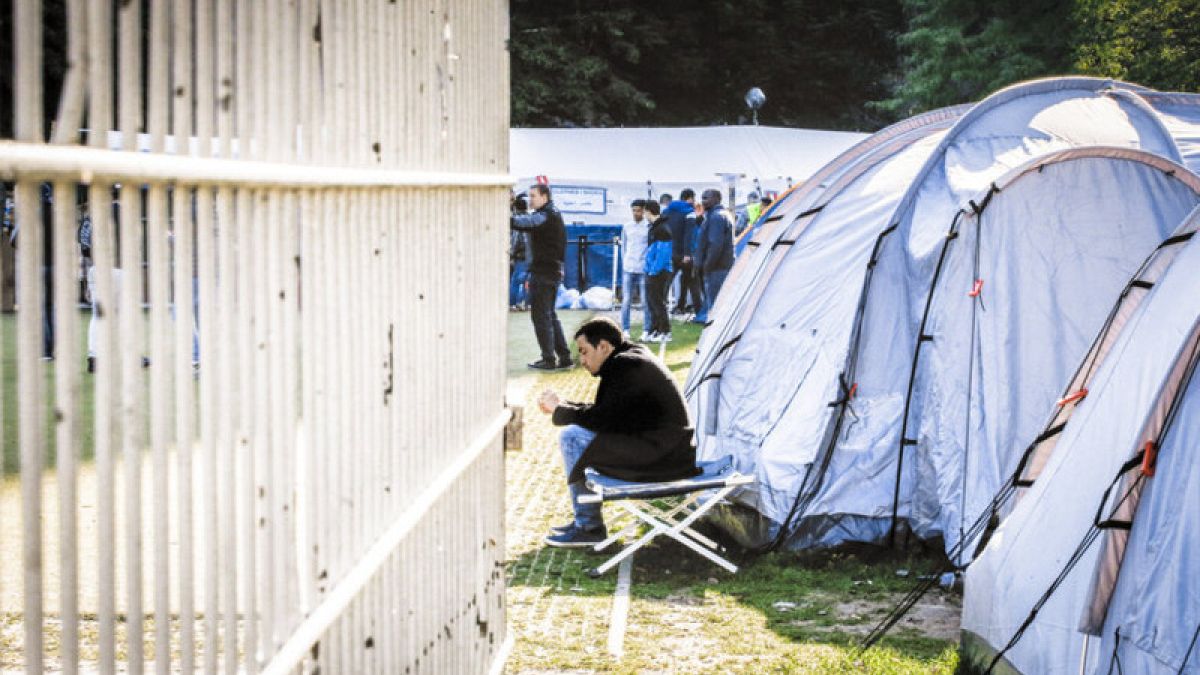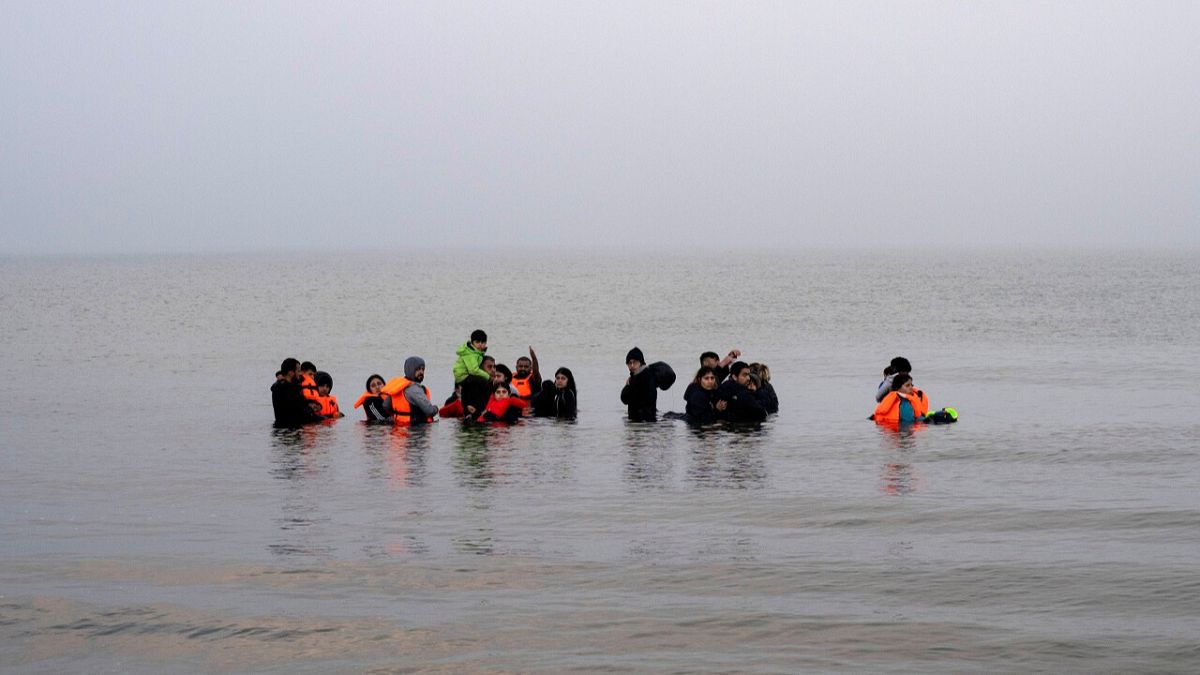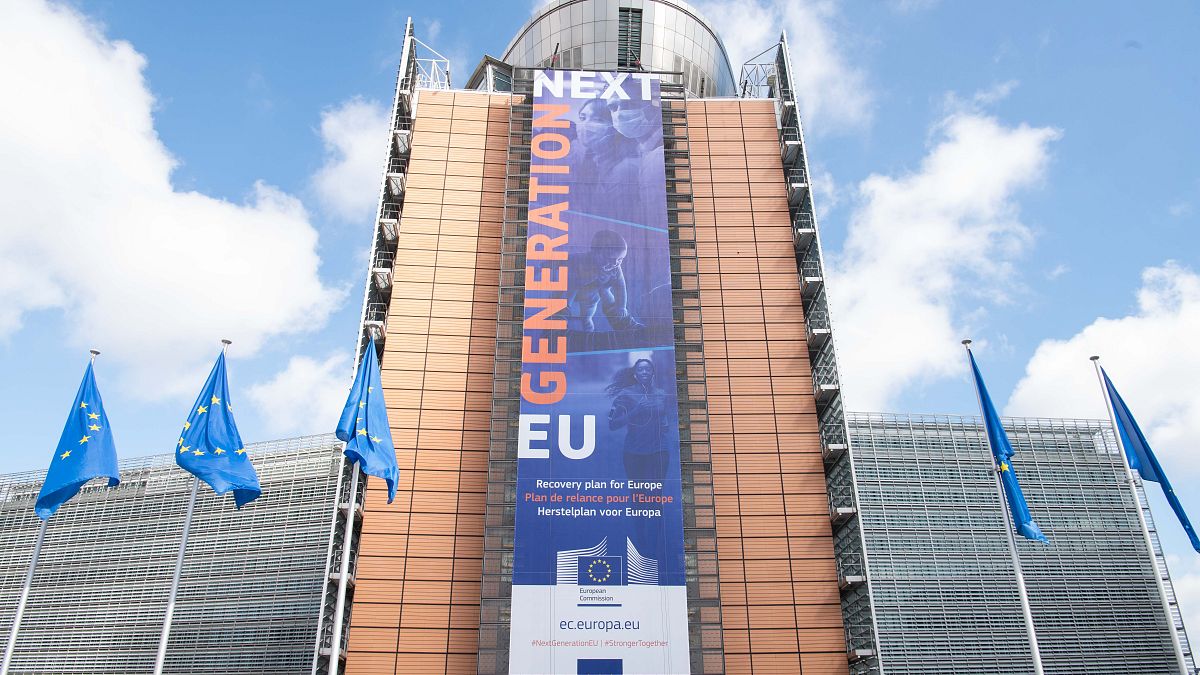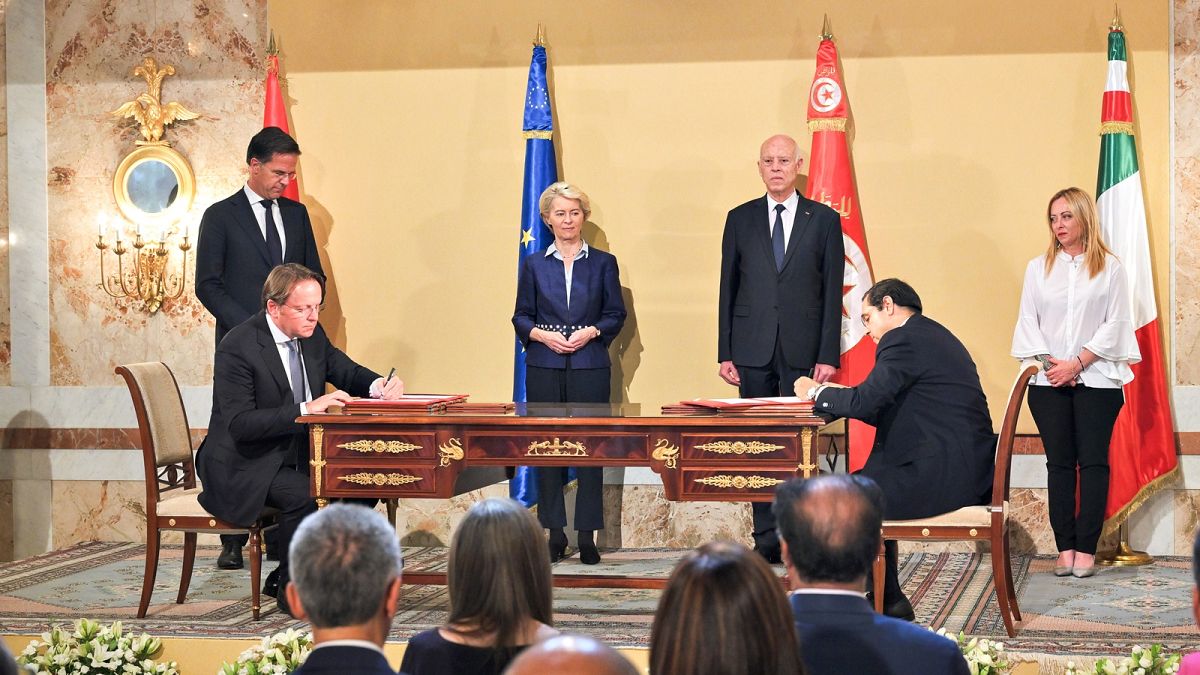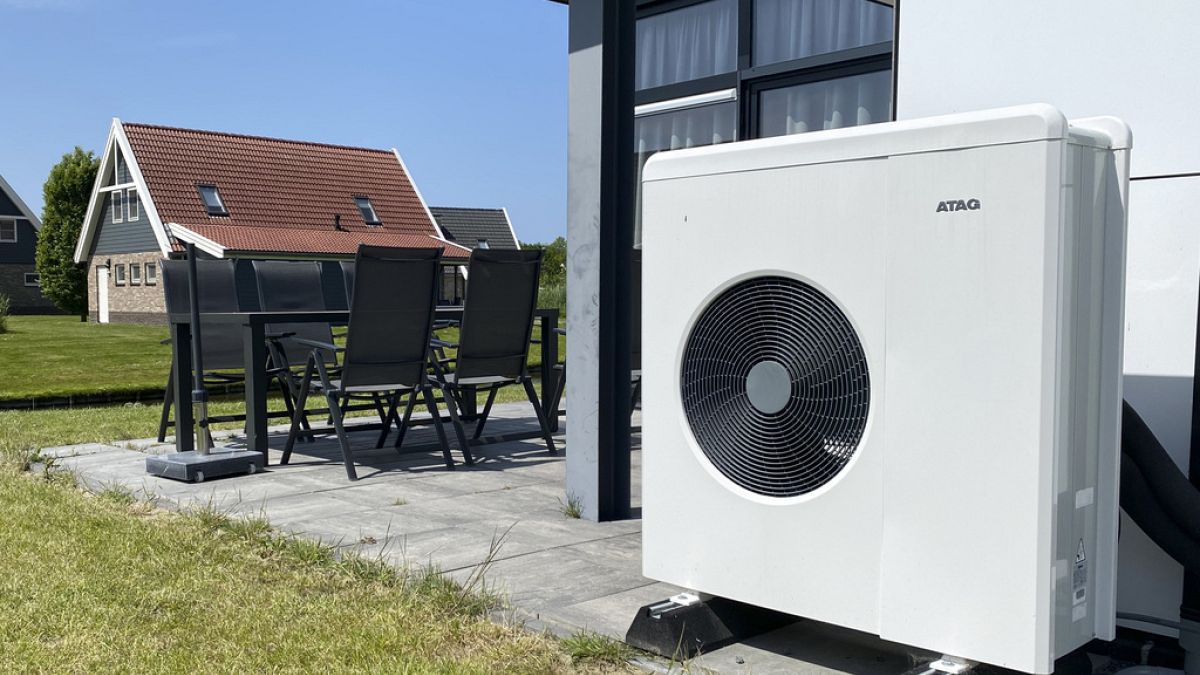A new study shows a growing contribution of universities to the continent’s innovation ecosystem but laments the bloc’s fragmentation is crippling the ability to turn high-level scientific research into economic competitiveness.
A new report by the European Patent Observatory (EPO) shows that patent submissions across the continent are concentrated in just a few places.
Half of all direct and indirect patent applications submitted with the European Patent Office between 2000 and 2020 – on a total of over 100,000 – came from only 5% of all European universities.
France’s University of Grenoble was the most active, with 3,348 submissions, followed by Zurich’s ETH (2,219) and Munich’s Technical University (2,183).
Overall, submissions were the highest in Europe’s most industrialised regions, says the report, “where opportunities for collaboration and technology transfers with industry are greatest.”
In terms of countries, Germany submitted the most patent applications (24.09%). France ranks second, (17.97%), followed by the UK, (12.26%), and Italy (6.61%). However, smaller countries like Sweden, Switzerland, Denmark, Belgium, Finland, The Netherlands, and Belgium have the highest number of academic patents per university on average.
The most active sectors have been pharmaceuticals (24,944 applications), biotechnology (22,870), measurement (22,870) and analysis of biological materials (8,832).
The overall number of applications by European universities has increased steadily in recent decades, from 6.2% of all European patent applications in 2000 to 10.2% in 2019.
European competitiveness crippled by ‘patent paradox’
The report however highlights a fundamental paradox affecting the European economy: Over 20% of patents filed were not exploited commercially.
The European advantage in academic research “has not been necessarily converted into applied technological and economic performance, compared to other advanced economies” says the document.
“This is what is referred to as the ‘European paradox’: The difficulties of transforming science into commercialisation in Europe, despite the global leadership of European universities” – (almost a third of the world’s top 100 universities are European, according to the Shanghai Rankings).
“The fact that 10% of startups with European academic patents are headquartered in the US highlights the ongoing difficulties in commercialising new technologies within the EU single market”, researchers say.
What are the obstacles to fully exploit European patents?
The biggest issues are market and policy fragmentation, lack of funding in university research and a sort of overall “anti-risk sentiment”.
The diversity of national models in academic patenting poses another challenge, as most knowledge gets only transferred to the local national or regional ecosystem.
Mario Draghi’s recent report on European competitiveness, as well as Enrico Letta’s on the Single Market’s future, argued that such a fragmented ecosystem is to blame for Europe’s struggle in translating innovation into commercialisation.
“Nevertheless, the additional transaction costs tied to multiple national frameworks, and the ability of a few large companies to overcome these barriers by sourcing technology across borders, suggest there is potential for further harmonisation and integration in Europe’s markets for academic inventions.”
Video editor • Mert Can Yilmaz



